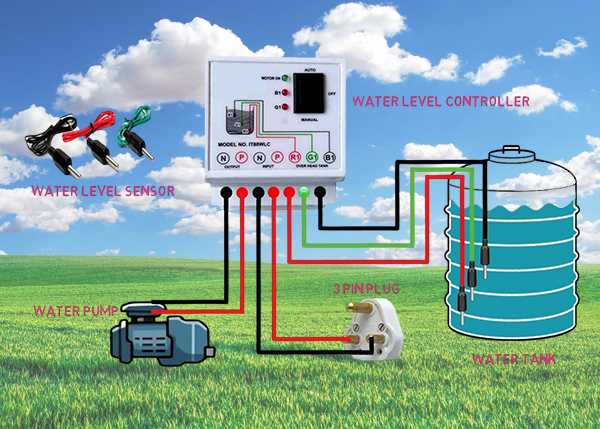


Efficient water management is crucial for households, industries, and agricultural sectors alike. Installing a water level system can help monitor and maintain water levels in tanks, reservoirs, wells, and other storage units, ensuring optimal performance and avoiding overflow or dry runs. This system helps conserve water and manage resources more effectively, preventing damage to pumps and preventing water wastage. In this guide, we’ll explore the key elements of a water level system installation and why it’s a must-have for modern water management.
A water level system uses sensors or controllers to detect and regulate the water levels in tanks, wells, or other containers. These systems can automatically activate or shut off pumps based on the water levels, ensuring proper flow and preventing overflows or dry runs. Whether you're looking to install a system for your home, farm, or industrial unit, having a water level management system will save time, energy, and water.
While DIY installation is possible for some water level systems, opting for professional installation ensures the job is done correctly. Professionals bring expertise in selecting the right system, ensuring accurate sensor placement, and avoiding common installation mistakes. They also provide a warranty and ongoing support for the system’s maintenance and repairs.
Whether you're looking to save water, conserve energy, or protect your equipment, installing a water level system is a wise investment for managing your water resources. With a wide variety of systems available, you can find one that fits your needs, budget, and preferences. By partnering with professionals for installation and maintenance, you ensure the longevity and efficiency of your water management system. Make the switch today and enjoy peace of mind knowing your water levels are always under control!